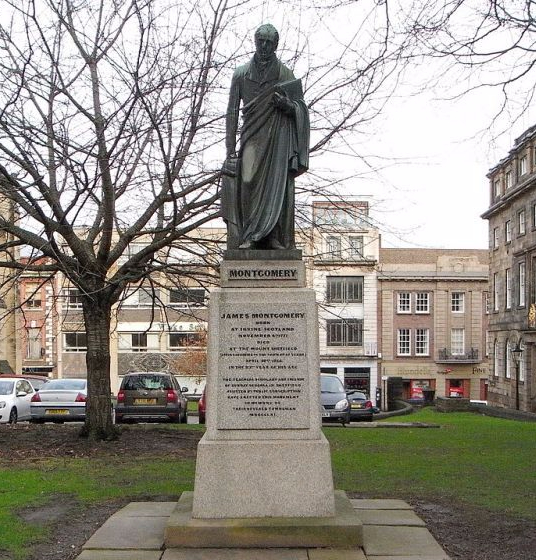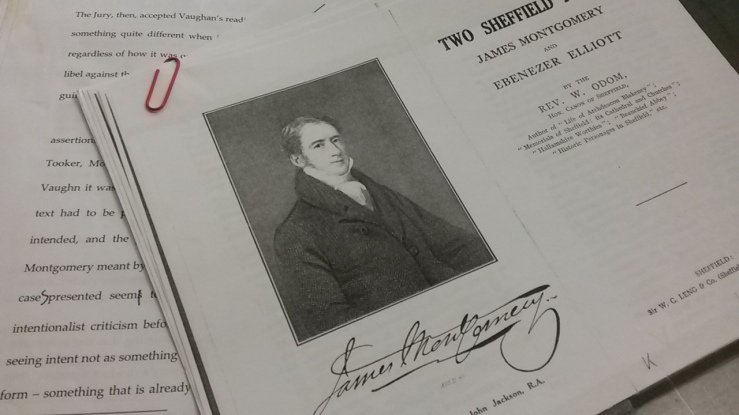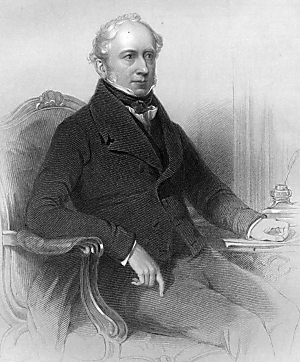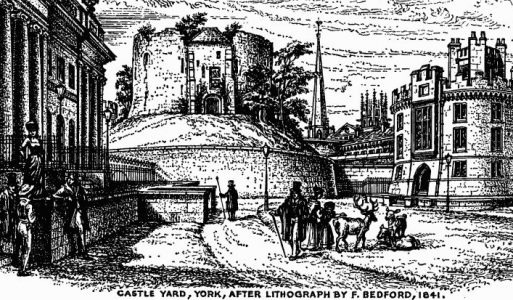As the life-size bronze statue standing outside Sheffield Cathedral can attest, James Montgomery – poet, hymn-writer, statesman, journalist, slavery abolitionist and namesake of Montgomery Theatre, Montgomery Road and the one-time Montgomery Tavern – is an undisputed Sheffield legend. But what does his legacy been beyond the boundaries of the steel city?

Montgomery’s long life saw him edit the Sheffield Iris newspaper and become the nation’s most prolific hymn-writer, as well as a respected poet and man of letters. He went on to become one of Britain’s most vocal anti-slavery abolitionists, a pioneering philanthropist and a champion of both non-conformist religion and education for all. The life of Montgomery has, historically, been easily divisible into four distinct acts, creating the impression that Montgomery was a very different man at the beginning and end of his career.

First, his time as editor of the Sheffield Iris sees him as the hot-headed angry young man all too keen to consort with known radicals and stir up descent. Then, his two stints in jail on dubious charges of ‘sedition’ see him cast as the unfairly prosecuted man of letter and repentant radical (an impression crystallised in his own self-published prison poetry: Prison Amusements, 1797).
This is followed by his apparent withdrawal from popular political debate and journalism to instead focus on religious writing, becoming known instead as the nation’s most prolific hymn-writer for the best part of two decades.
Finally, he ends his life as the great philanthropist and champion of causes remembered by the city today.
Where once he was a counter-cultural figure, seen as rallying against both the local and national political elite, by the time of his death he was accepted by the establishment; himself now a symbol of the progressive potential of politics.
Much of this narrative is captured in the composite biography composed by his friends and published within a year of his death: John Holland and James Everett’s, Memoirs of the Life of James Montgomery (1855). Montgomery easily walks the pages of this memoir like the saint of his own hagiography, always steadfast in his convictions and ever keen to challenge the powers that be and preserve the welfare of those without. There is a greater emphasis in the volume on the writing of Montgomery’s later career, his imprisonment for sedition functioning as a thematic rebirth, purging his public persona of the charges of radicalism that had dogged his early career.

However, there is an abundance of archival materials which serve to complicate this story of Montgomery’s life, proving that there are a series of strong continuities between the work and ambitions of both the young and old James Montgomery. His early journalism, his manuscript poetry, over 1500 letters written during his life-time and collected by the Sheffield Literary and Philosophical Society and the wealth of material gathered but ultimately un-used by Everett and Holland reveal Montgomery’s life to be less one of personal transformation and more one of cautious re-branding and increasingly sophisticated public relations.
Indeed, the content of Montgomery’s writing is in fact arguably more radical at the end of his career as he takes on the issues of slavery and equal access to education, than it ever was when he was courting public controversy for criticising local government in the Sheffield Iris. What has changed is his public persona, carefully dismantled and reconstructed through his prison poetry and the editorials published in the Iris on either side of his imprisonment.

From then on he was able to build a new reputation as a hymn-writer, poet and advocate of moderation and reconciliation, entering the political fray at the end of his career from a very different position. Ultimately, I hope to argue that not only is it seen to be Montgomery’s careful regulation of his own reputation that led to his extraordinary local legacy, it was this patient self-fashioning that saw him accepted by the establishment that once sought to silence him, garnering him a position from which he could finally enact the changes he had advocated from the very outset of his career.
Dr Adam James Smith
Find out more!
Sheffield: Print, Protest and Poetry, 1790-1810
Directed by Dr Hamish Mathison and research and curated by Dr Adam James Smith this AHRC-funded Cultural Engagement Project housed at the University of Sheffield produced a digital anthologies of protest poetry printed in Sheffield’s eighteenth-century radical press.
Poetry, Conspiracy and Radicalism in Sheffield
Poetry, Conspiracy and Radicalism In Sheffield collects ten extraordinary poems from radical newspapers published in 1790s Sheffield. Through an essay and explanatory texts it tells the story of their publisher James Montgomery, his imprisonment for conspiracy and his subsequent rise to be a prolific hymn writer, amongst other things. Edited by Dr Adam James Smith and Dr Hamish Mathison and designed by Go! Grafik.
Sheffield Protest: The Podcast
In this three part podcast Dr Adam James Smith discusses James Montgomery’s protest poetry with a series of guests, including Romanticist Professor Jane Hodson, Modernist scholar Dr Sophie Baldock and Gothicist Carly Stevenson.
The Repository of Genius: Poems of Protest from 18th-Century Sheffield
Produced by the University of Sheffield, this Soundcloud playlist collects recordings of ten poems printed during James Montgomery’s time working at the Sheffield Register.
The View from the Eighteenth Century
On his own personal blog, Dr Adam James Smith charts the progression of his research into James Montgomery’s life and writing. You can also watch Adam present his findings on this Youtube playlist.
